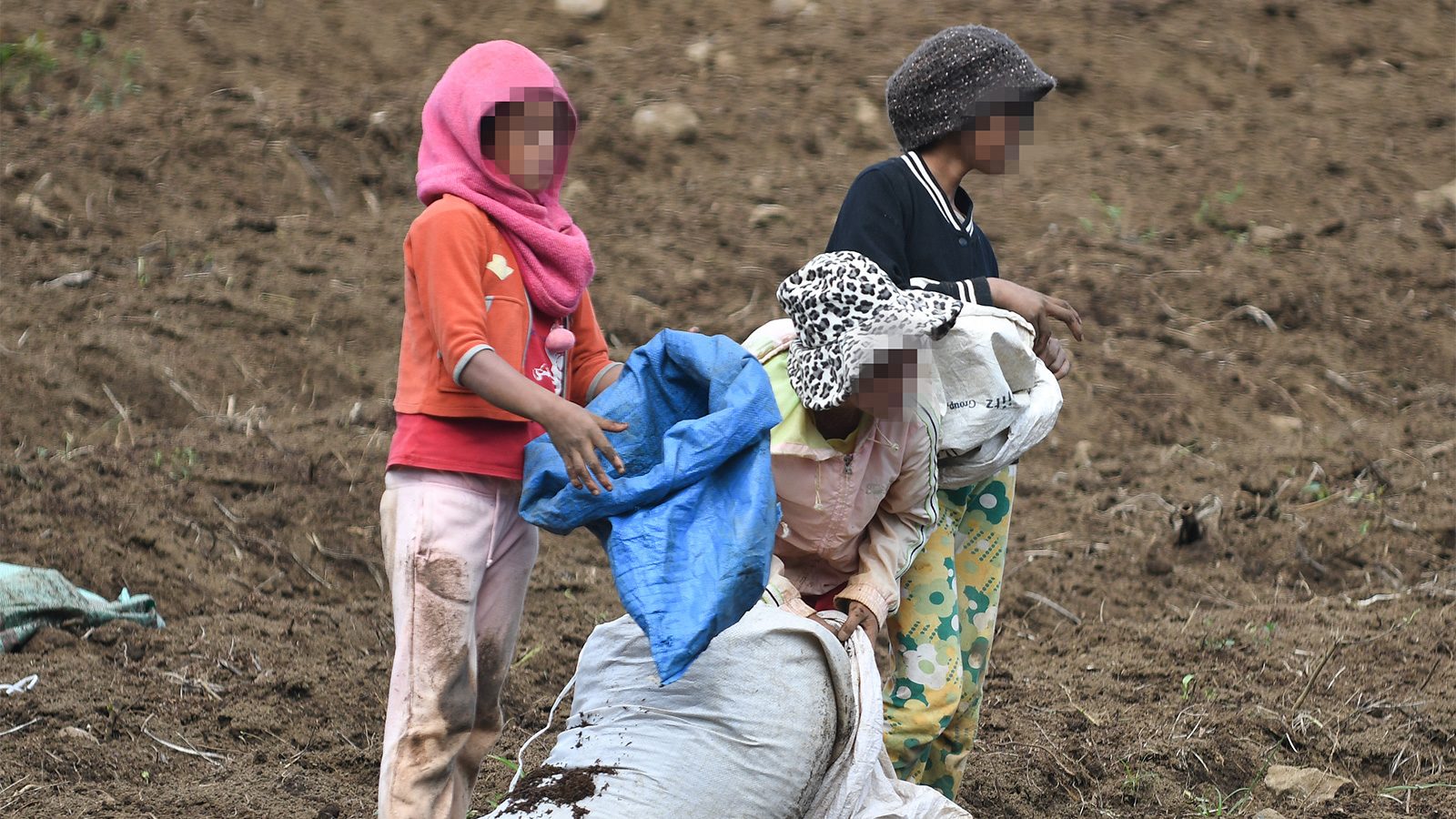SUMMARY
This is AI generated summarization, which may have errors. For context, always refer to the full article.

CAGAYAN DE ORO, Philippines – Thousands of children in Bukidnon are not in schools but are instead in agricultural fields and business establishments, working for at least 20 hours a week to supplement their families’ incomes.
The province topped the list of provinces and cities in Northern Mindanao with the most number of child laborers, followed by Misamis Oriental, Lanao del Norte, and Cagayan de Oro.
Officials said many of these children, some as young as five years old, work even at nighttime and under hazardous conditions.
“The desire of these children to help their parents is very strong. From school or upon waking up in the morning, they go to fields to do manual work,” said Erlinda Sayago, executive director of the non-governmental organization Kaanib Foundation.
The Kaanib Foundation, in collaboration with the Department of Labor and Employment (DOLE) in Region X and Child Fund-Philippines, is working to lower the number of child laborers in Bukidnon and other Northern Mindanao provinces.
DOLE-X data showed at least 14,790 child laborers are working in Bukidnon’s agricultural fields, performing domestic work in business establishments, or, for some, running errands in wealthy households in exchange for a chance to go the school.
Out of the 14,790 children, 8,386 are male and 6,404 are female, according to DOLE-X’s profiling data.
“It’s very hard to eradicate child labor in an economy reliant on agriculture,” said DOLE assistant regional director Russel Jallorina.
Jallorina said work is readily available in Bukidnon’s agricultural fields, which are considered the food basket of Northern Mindanao and where poverty incidence is among the highest in the country.
Aside from helping raise their family’s income, some of the children also seek work to pay for school necessities like notebooks and pens, according to Sayago.
“When schools switched to online classes during the COVID-19 pandemic, it was challenging for the children. Many chose to work instead of attending online classes where they needed to pay for internet access,” Sayago said.
DOLE-X reported that in 2022, the province of Misamis Oriental also had 10,382 child laborers; Lanao del Norte had 9,014 child workers; and Cagayan de Oro had 7,793.
The Philippine Statistics Authority (PSA) in its July 25 report said there are 1.48 million working children in the country, and 868,000 are considered child laborers or those who do hard labor.
The PSA also said 15 out of every 100 child laborers in the country come from Northern Mindanao, the fourth-largest population of child laborers in the country. – Rappler.com
Add a comment
How does this make you feel?

![[OPINYON] Diborsiyo sa mata ng isang anak](https://www.rappler.com/tachyon/2024/06/new-school-divorce-children-june-13-2024.jpg?resize=257%2C257&crop=294px%2C0px%2C720px%2C720px)













There are no comments yet. Add your comment to start the conversation.